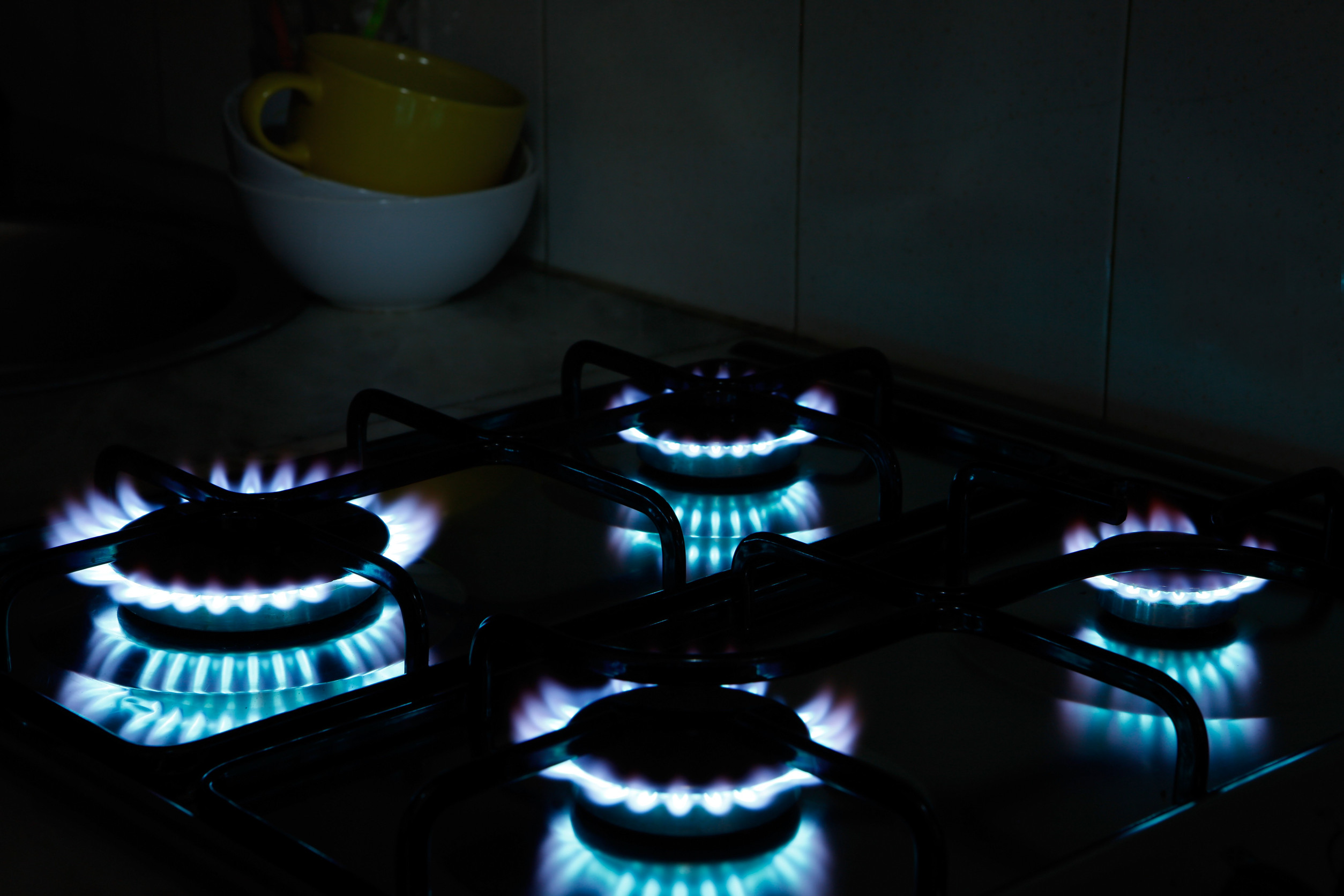Walk into any home, and you’ll find a handful of products that seem so ordinary they feel untouchable. Yet, regulations around the world are quietly tightening, pulling familiar items off shelves without much fanfare. Governments, health agencies, and environmental watchdogs are discovering risks hidden in plain sight. From the kitchen to the bathroom, the products we take for granted are slowly vanishing. It’s not a dramatic sweep but a stealthy phase-out, reshaping daily life without many even realizing it.
1. Gas Stoves Are Under Fire
Once the heart of every kitchen, gas stoves are facing growing bans in cities across the globe. Studies have linked them to indoor air pollution, asthma, and excessive greenhouse gas emissions. Some municipalities are pushing new building codes that prohibit installing them in future homes. The backlash has been fierce, but the shift toward electric and induction cooking is gathering speed. Soon, the sizzling blue flame may be more nostalgia than reality.
2. Plastic Bags Fade Away
Plastic grocery bags have been disappearing from checkout counters for years, but the crackdown is spreading deeper. These flimsy bags take centuries to decompose, clog waterways, and harm wildlife. As a result, cities and countries are outright banning their use or placing steep fees on them. Consumers are expected to bring reusable totes, which are now becoming part of everyday culture. What once seemed like a simple convenience is being treated as a major environmental villain.
3. Incandescent Bulbs Dim Out
That warm, golden glow of incandescent bulbs is already a relic in many places. They waste enormous amounts of energy compared to LEDs and compact fluorescents. Governments have phased them out with efficiency standards that leave little room for the old favorites. For those clinging to nostalgia, shelves are thinning fast as manufacturers stop production. The lightbulb moment of the past is giving way to a brighter, more efficient future.
4. Nonstick Pans Under Scrutiny
Nonstick cookware makes cleaning a breeze, but the chemicals behind that slippery surface are raising alarms. Substances known as PFAS, often called “forever chemicals,” have been linked to serious health concerns. Some regions are restricting or banning the production of pans coated with these compounds. Alternatives like ceramic and stainless steel are becoming the safer go-to options. That once-magical coating may soon vanish from kitchens entirely.
5. Glitter Loses Its Sparkle
Glitter, the tiny specks that brighten crafts and celebrations, has been declared an environmental menace. Most of it is made from microplastics that wash down drains and end up in oceans. Marine life ingest the fragments, creating a ripple effect through the food chain. Several countries are already banning plastic glitter, pushing biodegradable options instead. The sparkle isn’t gone forever, but the plastic version is on its way out.
6. Gas-Powered Leaf Blowers Go Silent
In many neighborhoods, the roar of gas-powered leaf blowers is being replaced with silence. Cities are banning them due to noise pollution, air quality issues, and greenhouse gas emissions. Electric versions are stepping in as the quieter, cleaner alternative. Landscapers are adjusting, but homeowners are also being nudged toward greener lawn care. The days of the deafening yard chore may soon be over.
7. Aerosol Sprays Face the Chill
Hairsprays, deodorants, and cleaning products in aerosol cans were once everyday staples. But the propellants inside them, while improved since the ozone-depleting chlorofluorocarbons of the past, still raise environmental concerns. Some regions are targeting specific aerosol products linked to volatile organic compounds. The pressure is pushing companies to innovate with pump sprays and solid alternatives. That familiar hiss might not be around forever.
8. Single-Use Coffee Pods Stir Controversy
The convenience of single-use coffee pods has made them a household hit, but they’re now a recycling nightmare. Billions of pods pile up in landfills each year, often made of plastics too difficult to recycle. Countries and cities are beginning to restrict their sale, demanding compostable or reusable options. Coffee lovers are being steered toward refillable systems or old-fashioned brewing. The morning ritual is changing, one cup at a time.
9. Phosphates in Laundry Detergent Wash Away
Laundry detergents once relied on phosphates to boost cleaning power, but those chemicals wreak havoc on waterways. They fuel algae blooms that suffocate fish and disrupt aquatic ecosystems. Regulators worldwide have phased out phosphate-heavy detergents, leaving eco-friendlier formulas on store shelves. Most people hardly noticed, but the environmental payoff is massive. The wash cycle has quietly turned greener without much fanfare.
A Home in Transition
Everyday products don’t just fade away by accident—they’re being replaced in the name of health, safety, and sustainability. What once seemed harmless convenience often turns out to carry hidden costs. The bans may be quiet, but they’re shaping how homes look and function in profound ways. The next time a familiar product is gone from the store shelf, it may be part of this global shift.
Which of these changes do you notice most at home? Share your thoughts or comments and join the conversation.
Read More
7 Things Home Inspectors Notice That Buyers Usually Don’t
8 Allergy Products That May Be Causing More Harm Than Relief


